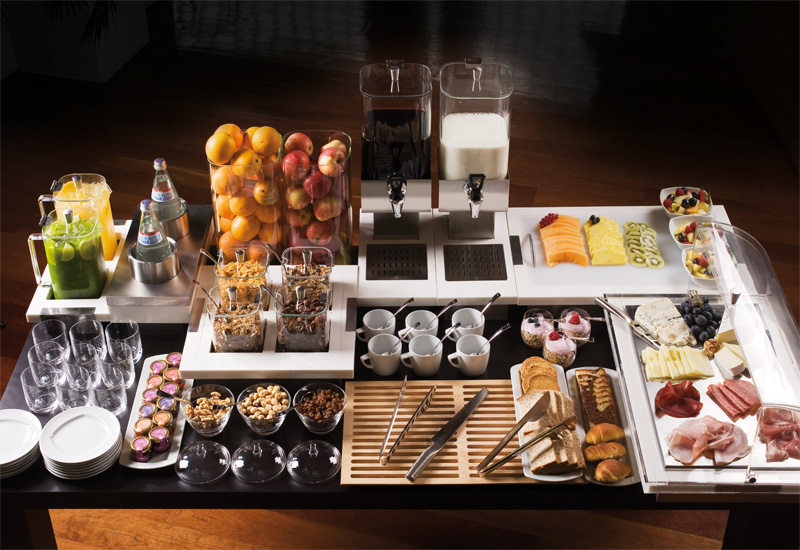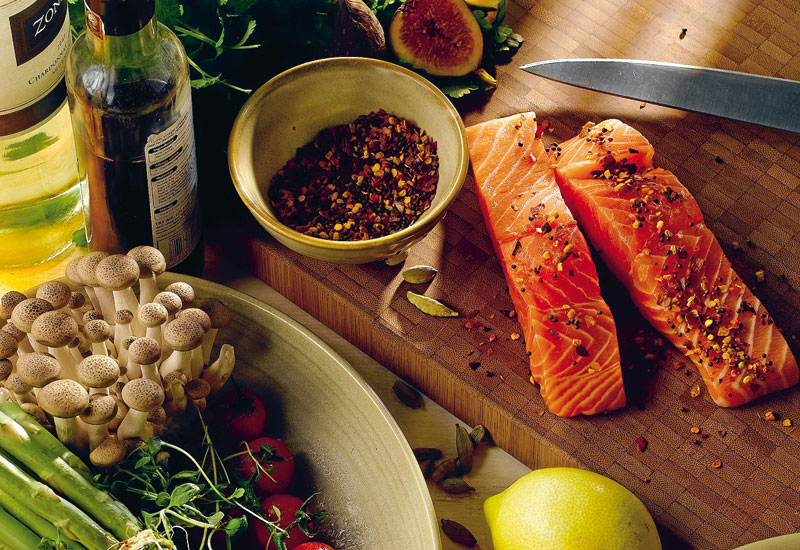 Procurio offers a huge range of tableware to many top hotels in the Middle East, with products for use in any setting, from fine dining to buffets.
Procurio offers a huge range of tableware to many top hotels in the Middle East, with products for use in any setting, from fine dining to buffets.
Suppliers and food and beverage directors from around the Middle East discuss their tableware trend predictions for the coming years, as well as the main industry challenges that they are facing
What are the main considerations when designing/choosing tableware?
Kevin Wills, director of food and beverage operations, JW Marriott Dubai: We firstly look at the general concept pull-through, making sure of the function, ergonomics and appropriateness to the fare that’s on offer. Also, we need the think about replacement availability.
Allen Hutchings, general manager – UAE, Renarte Hospitality Supplies LLC: Tableware should incorporate elements of the interior designers’ blueprint, be it colour, geometrics or texture and echo the story behind the concept – whether it’s classic or contemporary, fine dining or fast moving.

| Advertisement |
Also, budgets are very important, as it is easy to go overboard with selections and miss the allocated budgets by a mile. The real skill for suppliers is to find the right balance.
Zia Muhammed, general manager, Abrao LLC: The concept of the restaurant would be the prime factor by far on which the designer would choose to play with the colours and shapes of the tableware.
Sander Ackermans, director of food and beverage, Kempinski Grand & Ixir Hotel Bahrain City Centre: We choose modern and unique but practical tableware and certainly something which is a little different to our competitors on the island. The main points for consideration are whether everything can be combined, easily stored when not in use, is stylish for our guests and serviceable for our staff to use.
Gavin Dodd, managing director, A.Ronai (Eastern) Ltd.: Unfortunately in this market at the moment the first consideration seems to be upfront cost.
Esra Parin, beverage and food director, W Doha Hotel & Residences: We look at how durable it is and how it will highlight the food. Getting the right shapes, sizes and colours. But we like to be funky. We like to find new things – things that haven’t been seen and used, staying away from the commercial field – we try to select things here and there to make it a little more homely, and a little more unique.
How have trends changed in the past year when it comes to shapes and sizes?
Kathy Birch, marketing manager, Artis: We are seeing a continued trend for unusual shapes of tableware, and for especially for the small, ‘dinky’ sizes which are being used for haute cuisine tasting menus and amuse bouche. People also have come to find that plates don’t have to be round – there are strong trends towards ovals, triangular and rectangular plates.
Sander Ackermans: Today, nearly all shapes imaginable are available. Strong lines and clear shapes are the most requested at the moment.
Kevin Wills: There is less focus on ornate styling, with plates that offer a white canvas for foods prevailing. However, we’ve also found that unique shapes and artisan touches are growing in popularity.
Shubhendu Roy, managing director, Hotelity: There has been an increase in the demand for new and innovative shapes. With the increase in the range of restaurants emerging into the market, and the increase in competition, the chefs’ requirements have changed from the more common into more contemporary and innovative shapes.
Wolfgang Meyer, general manager, Walküre: The trends have changed towards round and organic shapes, with squared shapes becoming less important now.
Renu Oommen, chief marketing officer, RAK Porcelain: The restaurant world is currently shifting towards organic shapes and concepts.
Article continues on next page ...









 Search our database of more than 2,700 industry companies
Search our database of more than 2,700 industry companies









